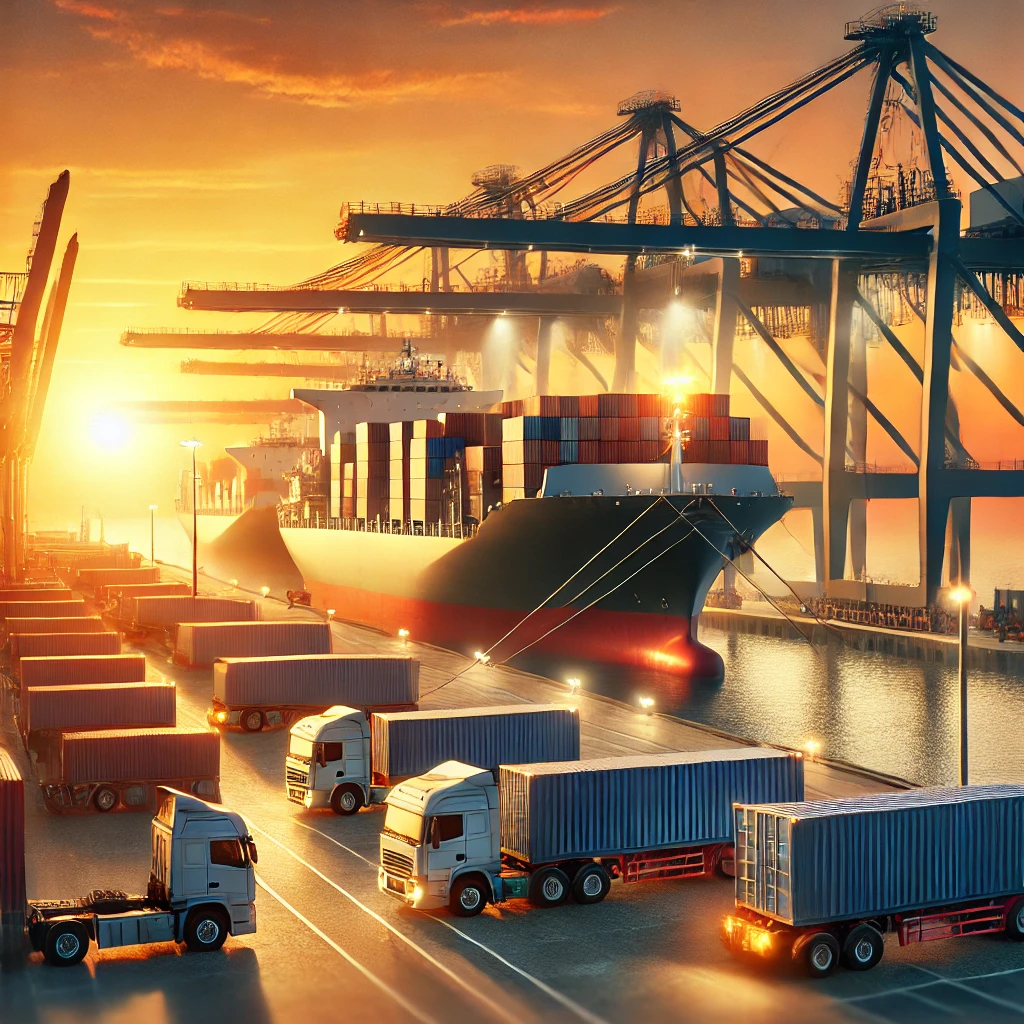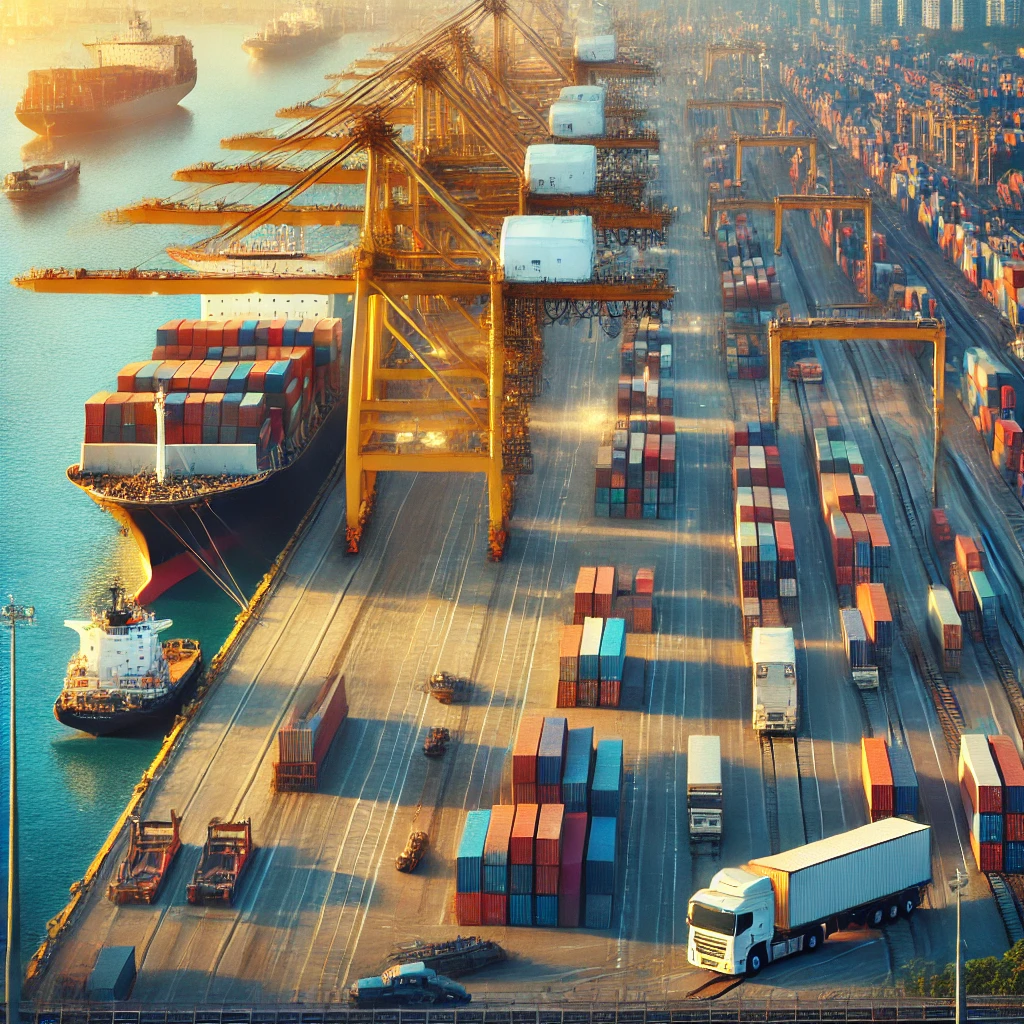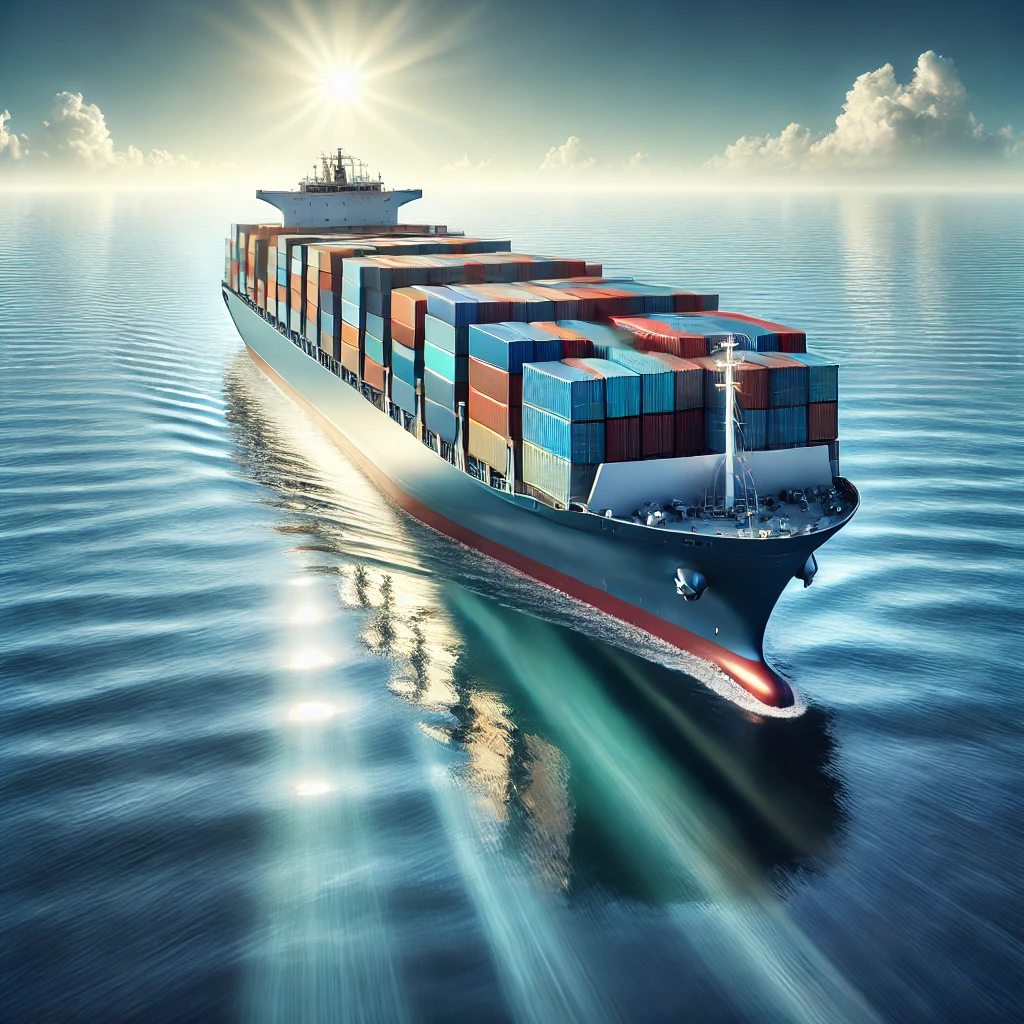Breaking Down Sea Freight Shipping
But what exactly is sea freight shipping, and how does it compare to other transportation methods?
In this guide, we’ll break down everything you need to know about sea freight shipping, including its types, benefits, challenges, and best practices for businesses. 🚢📦

What Is Sea Freight Shipping?
Sea freight shipping, also known as ocean freight, refers to the transportation of goods by cargo ships across international waters. It is the most cost-effective and widely used method for moving large quantities of goods over long distances.
📌 Key Features of Sea Freight Shipping:
✔ Economical – Lower cost per unit compared to air freight.
✔ High Capacity – Can transport bulk goods, containers, and oversized cargo.
✔ International Connectivity – Links major ports and trade routes worldwide.
✔ Various Container Options – Includes FCL (Full Container Load) and LCL (Less than Container Load).
✔ Suitable for Various Goods – Handles everything from electronics and textiles to heavy machinery and raw materials.
💡 Example: A furniture manufacturer in China shipping products to the U.S. can use sea freight to transport large quantities at a lower cost compared to air freight.
Types of Sea Freight Shipping
There are several ways to ship goods by sea, depending on cargo size, urgency, and handling requirements.
1. Full Container Load (FCL)
✔ The entire container is reserved for one shipment.
✔ Ideal for high-volume cargo that requires secure transport.
✔ Faster than LCL, as containers are not shared or consolidated.
💡 Example: A car manufacturer shipping vehicles or auto parts in bulk.
2. Less than Container Load (LCL)
✔ Cargo is consolidated with shipments from other shippers.
✔ Cost-effective for smaller loads that don’t require a full container.
✔ Slightly longer transit times due to container consolidation and deconsolidation.
💡 Example: A small business shipping home décor items internationally.
3. Roll-On/Roll-Off (RoRo) Shipping
✔ Designed for vehicles, trucks, and heavy equipment that can be driven onto the vessel.
✔ No need for cranes or containers—cargo is simply rolled on and off.
✔ Commonly used for automobile manufacturers and heavy machinery exports.
💡 Example: A company exporting agricultural tractors from the U.S. to Europe.
4. Breakbulk & Bulk Shipping
✔ Used for non-containerized cargo, such as timber, steel, or oversized machinery.
✔ Breakbulk involves handling smaller, pre-packed cargo.
✔ Bulk shipping is used for loose materials like grain, coal, or oil.
💡 Example: A mining company shipping raw materials to overseas factories.
Sea Freight vs. Other Shipping Methods
Feature | Sea Freight | Air Freight | Rail Freight | Truck Freight |
Best For | Large shipments, cost savings | Urgent, high-value cargo | Inland transport, cost efficiency | Short-haul, last-mile delivery |
Cost | Low | High | Medium | Medium |
Transit Time | Slow (weeks) | Fast (1-5 days) | Moderate | Fast |
Capacity | High | Limited | Medium | Limited |
Environmental Impact | Lower than air freight | High emissions | Low | Moderate |
💡 Key Takeaways:
✔ Sea freight is the cheapest and most sustainable option for high-volume shipments.
✔ Air freight is the best choice for urgent, perishable, or high-value goods.
✔ Rail and truck freight are ideal for inland distribution after cargo arrives at a port.
Advantages & Disadvantages of Sea Freight Shipping
📈 Advantages of Sea Freight
✔ Cost-Effective for Large Shipments – Significantly cheaper than air freight.
✔ High Cargo Capacity – Can accommodate heavy, oversized, and bulk shipments.
✔ Lower Carbon Footprint – More environmentally friendly than air transport.
✔ Global Trade Accessibility – Connects major ports worldwide.
📉 Disadvantages of Sea Freight
❌ Long Transit Times – Can take weeks to reach destinations.
❌ Port Delays & Congestion – Customs clearance, labor strikes, and weather disruptions can cause delays.
❌ Limited Flexibility – Requires additional transport (trucking/rail) for inland deliveries.

How to Optimize Sea Freight Shipping for Your Business
1. Choose the Right Container Type
✔ FCL for large shipments – Ensures faster transit and security.
✔ LCL for smaller loads – Cost-effective, but requires extra handling.
✔ Reefer Containers for perishables – Temperature-controlled for food & pharmaceuticals.
2. Plan Shipments in Advance
✔ Book space early to avoid peak season congestion.
✔ Monitor seasonal fluctuations and holiday schedules for potential delays.
3. Work with Reliable Freight Forwarders
✔ Choose logistics partners with strong carrier networks.
✔ Ensure they provide real-time tracking and customs brokerage services.
4. Ensure Proper Documentation
✔ Bill of Lading (BOL) – Serves as the contract and receipt for shipped goods.
✔ Commercial Invoice & Packing List – Required for customs clearance.
✔ Import/Export Permits – Ensure compliance with destination country regulations.
When to Use Sea Freight Shipping?
✅ Best Situations for Using Sea Freight:
✔ When shipping large, heavy, or bulk cargo internationally.
✔ When cost savings are a priority over transit speed.
✔ When shipping non-urgent goods that can withstand long transit times.
🚫 When It May Not Be the Best Choice:
❌ If shipping perishable or urgent cargo, air freight is better.
❌ If dealing with small domestic shipments, trucking or rail might be more efficient.

The Future of Sea Freight Shipping
As global shipping evolves, new technologies and sustainable initiatives are shaping the future of sea freight. Key trends include:
🚀 Smart Shipping & AI Optimization – Predictive analytics for better route planning.
🚀 Eco-Friendly Vessels & Alternative Fuels – LNG-powered ships and carbon-neutral initiatives.
🚀 Blockchain for Supply Chain Transparency – Improving cargo tracking and security.
Businesses that embrace these innovations will stay ahead in global trade and logistics.
Conclusion
Sea freight shipping is the most cost-effective and widely used method for international trade, offering high capacity, lower costs, and global reach.
✔ Best for: Businesses moving large cargo volumes over long distances.
✔ Challenges: Requires longer transit times and additional inland transport planning.
By understanding the key aspects of sea freight, businesses can optimize shipping strategies, reduce costs, and improve supply chain efficiency. 🚢📦💼
